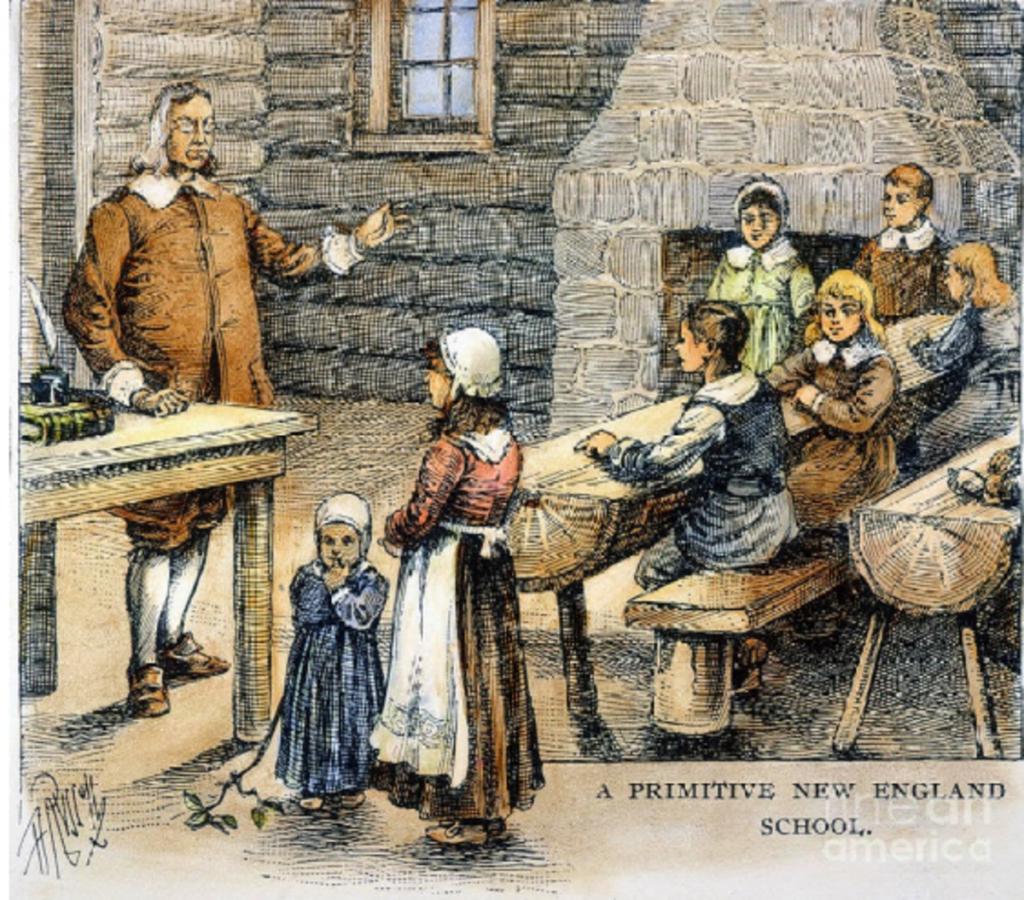

Depending on the time of history that you are referring to, research shows that America’s educational system has something new to teach us every time, since it has shifted considerably over the years. If during the American Colonial Period, women would teach children in their own home and Harvard University and the College of William and Mary were founded, during the American Early National Period, Jefferson established the public education system and the famous University of Virginia. These are just some of the important moments in history that must be mentioned, along with many others that laid the foundation to so many new changes over the decades.
Here are some of the most essential facts you must remember about American education throughout the years and how it has shaped the way in which we perceive the surrounding world and respond to it. Here are some facts that are vital to your knowledge and might also make you question the system. Enjoy!
First school and other facts
The first public school to ever open was the Boston Latin School (1635), established in Boston, Massachusetts, which still remains America’s oldest public school. This school was for boys only and was led by one of the country’s Puritan settlers. Most of the nowadays research paper topics that the school was teaching were in the humanities, with teachers expanding on traditional values such as family, community, or religion. Unfortunately, math or reading was not taught in school, with girls being unable to learn how to read and write in early America. It was only by 1850s that academics became the only responsibility of the school, teachers becoming less interested in teaching children the values of life. In 1855, the University of Iowa is the first state school to admit male and female counterparts on an equal basis.
Common vs private schools
Most rich families in the South of the States paid private tutors to educate their children between the 1600s and the 1700s, with public schools only becoming widespread after the Reconstruction Era (the American Civil War). Most of the common school have been established starting with the 1800s, where parents would pay tuition (in the form of housing for the master teacher or other commodities) to have their children attend these schools. This is the truth, after all: education was never free in America. If this is one of your school topics, don’t worry, content can be easily laid out if you are interested in the subject. For students in need of reliable research paper writing services to get their school work done, there are various helping services available online, so check them out. Make sure you pay enough attention to your assignments and health.
Becoming involved
Starting with 1900, states started having mandatory school attendance for students ages 8-14 and by 1918, all states required their students to complete at least elementary education. This was the outcome of John Dewey’s work, who promoted democracy and an active participation of the children within the society, becoming a strong advocate for the progressive educational system. What Dewey proposed was that the school curriculum should be beneficial to students’ lives and teach them practical life skills that will help them survive. However, he never proposed to have the academics, or the knowledge taken away from the pupils, despite criticism being brought in that sense. In the end, to give out a proper research paper example, he simply wanted “a lovely and harmonious” society that is formed by lovely and harmonious people who have pursued the necessary education and thus, have turned into caring individuals who share communal values.
The segregation
Around the 1960s, the United States had a segregated educational system, where blacks and whites would attend different public schools based on political reasons (Brown vs Board Supreme Court). However, this segregation declined until the 1970s and starting in 1980, an increased number of minority groups started attending communal schools and the segregation was eliminated. Today, even though everyone has equal access to education, there are certain minority groups who still feel it challenging to partake in an educational system with such a violent history, which is why the segregation is one of the most widely used good thesis topics. Since it is such an important part of American history, this is a subject that should be studied by scholars around the world, not only within the country.
No Child Left Behind
The No Child Left Behind (NCLB) law was implemented in 2002, which was supposed to level the playing field for disadvantaged students, including those suffering from poverty, minorities, special children, or those children who do not understand and/or speak English. NCLB kept students and teachers accountable through the constant testing (annually), academic progress, and exposed penalties and sanctions, according to various research paper credentials. This program led to inclusion and helped students who were struggling integrate at a higher rate. Those in need gained more attention form teachers and professors, help, and support. The program ended 2015, being replaced with the new act, Every Student Succeeds Act (ESSA).
Conclusion
Education in the United States has been shaky throughout the years, with institutions and communities still working out the best way in which this tool could be further provided to future generations. Even though America has had a violent and rather sad history on education, all the struggles have brought this country here and to this high-quality learning style (at least, college wise). There have been an extraordinarily high number of changes over the decades, but this country is clearly heading in the right direction.






